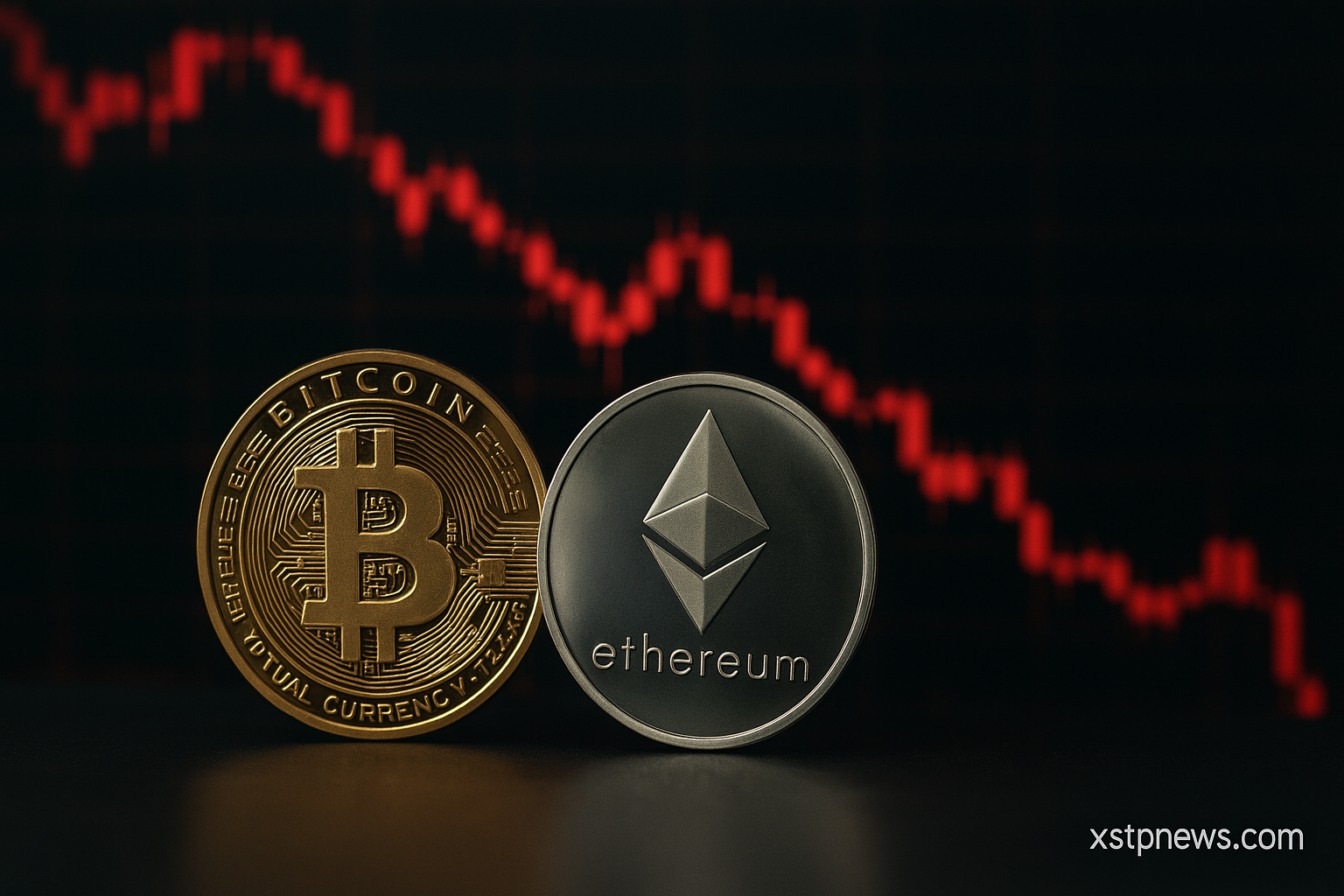Global oil prices jumped over 5% today after renewed fears of a wider conflict in the Middle East sent shockwaves through markets. The move comes as reports circulate of Israel ramping up military operations against Iran, and speculation grows around potential US involvement.
But let’s slow down. Is the US really preparing to enter a new war? And why is oil reacting so fast?
What’s Driving the Price Spike?
This isn’t just about headlines. Oil markets are hypersensitive to any signs of instability in the Persian Gulf. Three main factors are pushing prices up:
- Active military engagement: Israeli strikes on Iranian assets have intensified, with reports of drone swarms and ballistic missiles exchanged near strategic facilities.
- Threats to supply: Iran controls access to the Strait of Hormuz, the world’s most critical oil shipping route. If disrupted, up to 20% of global oil flow could be affected.
- US rhetoric and signals: Recent statements urging American citizens to leave Tehran, alongside rising military alertness, have fed speculation of deeper involvement, even though no formal military action has been declared.
On Tuesday, Brent crude reached around $76.45, and WTI jumped to $74.84—marking a strong upward push in a matter of hours.
Are We Really Facing a US–Iran War?
As of now, no official declaration or concrete deployment plan has been confirmed. What we’re seeing is a classic example of market overreaction to geopolitical risk, not direct confirmation of war.
Still, that doesn’t mean the threat is empty. Even without boots on the ground, the US could provide intelligence, logistics, or cyber support—all of which would deepen its role in the conflict and push oil even higher.
How Will This Affect the Global Economy?
- Inflation risk: Higher oil prices mean rising fuel and transportation costs. Central banks may struggle to keep inflation in check while growth slows.
- Supply chain stress: Energy-intensive industries and shipping routes could face new bottlenecks if the Strait of Hormuz is compromised.
- Safe haven moves: Investors are shifting toward gold, Treasuries, and the US dollar in response to uncertainty.
Meanwhile, equity markets dipped as energy rallied. Volatility is back.
Strategic Insight: A Wake-Up Call for Decentralized Energy?
This moment reinforces something we’ve said before. Global reliance on centralized oil flows is a vulnerability. Geopolitical risk is not just a matter of foreign policy—it affects everyday energy access, pricing, and financial stability.
Projects focused on decentralized energy, digital assets, and financial autonomy will continue gaining ground every time legacy systems are shaken by conflict.
Markets don’t wait for confirmation. They move on fear, risk, and uncertainty. And right now, fear is fueling the price of oil. Whether or not a wider war breaks out, this is a clear reminder: global stability is fragile, and resilience must be built in advance.







